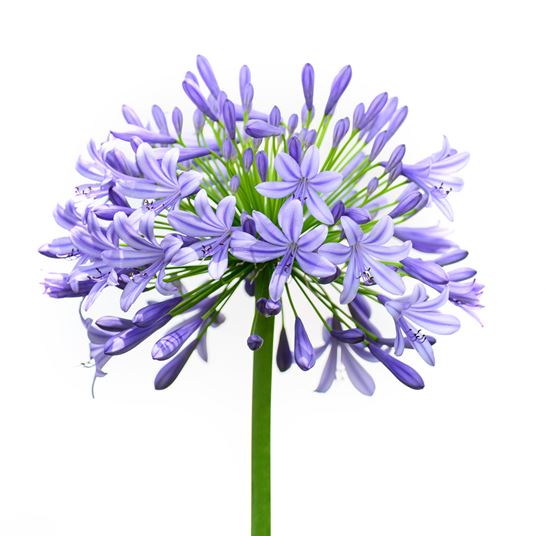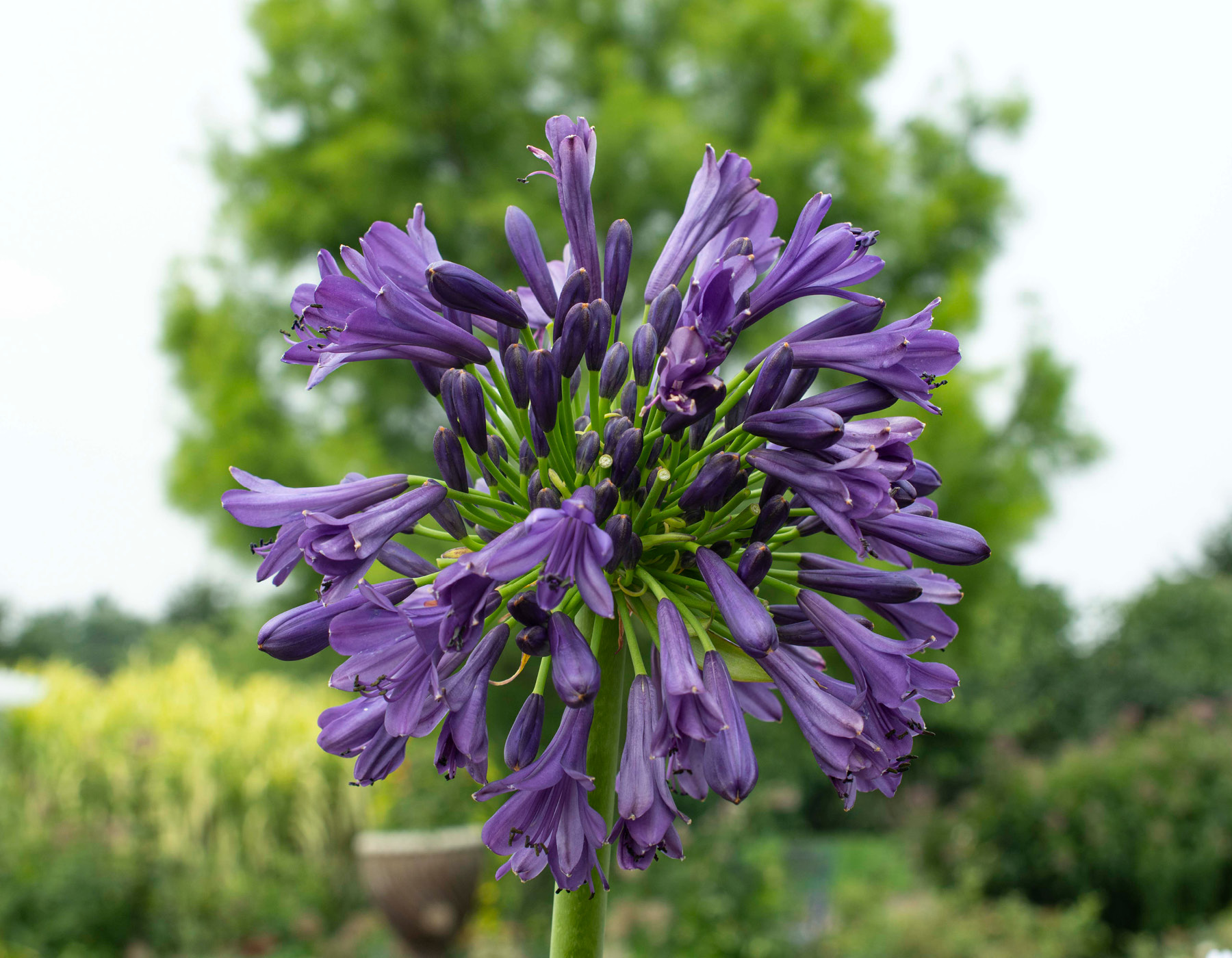Agapanthus Expanding Problems: Dirt, Sunlight, and Watering
Agapanthus Expanding Problems: Dirt, Sunlight, and Watering
Blog Article
Understanding the Art of Agapanthus Care: Vital Actions for Healthy And Balanced Growth and Vivid Blossoms
In the realm of horticulture, the growing of agapanthus stands as a rewarding undertaking for those that seek to nurture these elegant flowering plants. With their striking blooms and elegant foliage, agapanthus has actually caught the attention of garden enthusiasts worldwide. Nonetheless, achieving optimal growth and vivid blooms calls for a nuanced strategy that encompasses numerous crucial actions. From picking the appropriate variety to grasping pruning techniques, the journey in the direction of growing prospering agapanthus plants is diverse and holds the key to unlocking the complete capacity of these organic gems.

Picking the Right Agapanthus Selection

When picking the appropriate Agapanthus range for your yard, take into consideration aspects such as environment suitability, flower shade, and development routine. Agapanthus, typically called Lily of the Nile or African lily, comes in a variety of shades ranging from shades of purple and blue to white. Pick a flower color that complements your existing yard combination to produce an unified landscape. Additionally, think about the environment in your area to ensure the Agapanthus selection you choose can grow in your specific conditions. Some varieties are a lot more forgiving of cool temperature levels, while others like warmer environments. Comprehending the development routine of different Agapanthus varieties is vital for appropriate placement within your garden. Some varieties have a clumping development practice, ideal for boundaries or containers, while others have a more spreading nature, suitable for ground cover or mass plantings. By thoroughly examining these aspects, you can select the best Agapanthus selection to improve the charm of your garden.
Perfect Planting Problems
Taking into consideration the ideal ecological requirements is vital for successful Agapanthus farming. Agapanthus plants are sensitive to chilly temperature levels and should be protected from frost throughout wintertime months.
To ensure healthy and balanced growth and vivid blooms, plant Agapanthus bulbs at a depth of about 2-4 inches and space them 8-12 inches apart. Adding organic matter, such as compost, to the dirt can boost water drainage and fertility, advertising robust root growth. Mulching around the base of the plants assists maintain moisture and reduces weed development. Normal watering is vital, specifically throughout the expanding season, to keep the dirt consistently moist but not waterlogged.
Watering and Feeding Tips
Maintaining appropriate moisture degrees and giving vital nutrients are crucial elements in the care regimen for Agapanthus plants. It is critical to strike a balance when it comes to watering Agapanthus. These plants favor continually wet soil yet are vulnerable to root rot if overwatered. Throughout the expanding season, water deeply once a week, guaranteeing the soil is well-draining to prevent waterlogging. In hotter environments or throughout durations of dry spell, more constant watering might be required to keep the soil equally damp. However, reduce watering in the wintertime to stop water logged conditions.
Feeding Agapanthus is crucial for advertising healthy and balanced growth and prolific blooms. Apply a balanced plant food, such as a 10-10-10 formula, in have a peek at these guys the early springtime as brand-new development arises. Repeat this application every 6-8 weeks throughout the growing period. Avoid too much fertilization, as it can cause lush vegetation at the expense of flowers. Always Full Report comply with the supplier's directions for proper dilution and application approaches. By following these watering and fertilizing pointers, you can ensure your Agapanthus plants prosper and generate dynamic, lasting blossoms.
Trimming Techniques for Agapanthus
Pruning Agapanthus plants at the appropriate times and with appropriate strategies is critical for maintaining their health and promoting optimum development and flowering. The optimal time to trim Agapanthus remains in late winter season or very early springtime before new growth arises. Start by removing any type of yellowing or dead fallen leaves near the base of the plant. Cut them as close to the ground as possible without damaging the emerging shoots.
Deadheading spent flowers can likewise redirect the plant's energy right into generating even more flowers instead than establishing seeds. If you want to gather seeds for proliferation, leave some flowers to fully grown and completely dry on the plant.
Remember to use tidy, sharp tools to make accurate cuts and decrease the threat of introducing diseases. Agapanthus. Normal trimming will certainly aid maintain your Agapanthus looking neat and healthy and balanced while making sure an abundant display of attractive blooms
Taking Care Of Common Insects and Diseases
After making sure proper trimming methods for Agapanthus, it is essential to resolve common insects and conditions that can impact the health and wellness and vitality of these plants. One typical pest that impacts Agapanthus is the Agapanthus gall midget.
In addition, Agapanthus plants can suffer from origin rot if they are planted in poorly draining pipes dirt. By being attentive and taking timely activity against illness and pests, you can aid your Agapanthus plants grow and produce dynamic flowers. Agapanthus.

Verdict
In final thought, understanding the art of agapanthus treatment involves choosing the right selection, providing perfect planting problems, correct watering and feeding, proper pruning techniques, and dealing with common parasites and illness. By complying with these important actions, you can guarantee healthy development and lively blooms for your agapanthus plants. Remember to consistently keep an eye on and maintain your plants to promote their general health and long life.
To guarantee healthy and balanced growth and vivid blooms, plant Agapanthus bulbs at a deepness of regarding 2-4 inches and space you can try this out them 8-12 inches apart. By complying with these watering and fertilizing ideas, you can ensure your Agapanthus plants prosper and create lively, durable blossoms.
One typical pest that impacts Agapanthus is the Agapanthus gall midge. In addition, Agapanthus plants can suffer from origin rot if they are planted in improperly draining soil. By adhering to these essential actions, you can ensure healthy and balanced growth and vibrant blossoms for your agapanthus plants.
Report this page